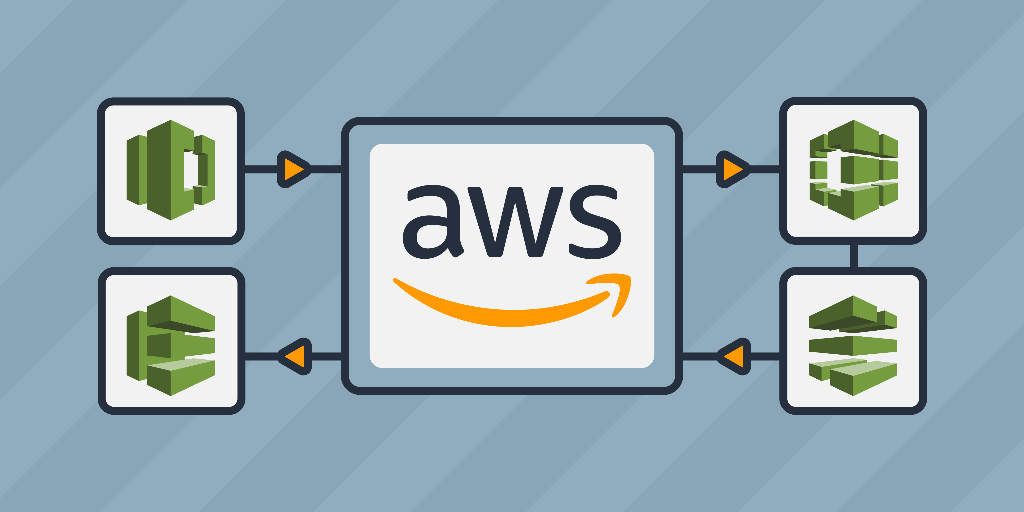
Introduction
This review covers “CI/CD Using Native Tools Available on AWS – AI-Powered Course” (marketed here as the
“AWS CI/CD Course for Developers”). The course promises hands-on experience with the AWS CodePipeline suite,
guided by AWS Solution Certified Architects, and emphasizes simplified, no-setup labs and practical deployments
of Java and Node.js applications. Below I provide an objective, detailed evaluation to help potential buyers
decide whether this training matches their goals.
Product Overview
Manufacturer / Developer: AWS Solution Certified Architects (delivered under the AWS ecosystem)
Product Category: Online technical training / e-learning — CI/CD and DevOps on AWS
Intended Use: Teach software developers and DevOps engineers how to build, test, and deploy continuous integration/continuous delivery (CI/CD) pipelines using AWS native services (CodeCommit, CodeBuild, CodePipeline, CodeDeploy, and related services). The course targets those wanting to deploy Java and Node.js applications with minimal local setup.
Appearance & Course Materials
As a digital course, “appearance” refers to the learning interface and the packaged materials. The curriculum is delivered
through a polished web interface consistent with modern e-learning platforms:
- High-resolution recorded video lessons with clear audio and code screen captures.
- Slide decks and written lecture notes that summarize key concepts.
- Hands-on labs that launch managed AWS sandboxes (advertised as “no setup, no cleanup”) so learners can run code and services without manual account cleanup.
- Sample repositories and code snippets for Java and Node.js, organized in Git-style layouts for direct cloning into the labs.
- Quizzes and checkpoints to validate understanding after major sections.
Unique design elements include an emphasis on hands-on, ephemeral environments (sandboxed labs) and AI-powered assistance branded as part of the course — typically implemented as inline hints, suggested next steps, or automated diagnostics that help you resolve common lab errors faster.
Key Features & Specifications
- Core focus: Building CI/CD pipelines using AWS native services (CodeCommit, CodeBuild, CodePipeline, CodeDeploy).
- Hands-on labs: No manual setup or cleanup required — labs provisioned and torn down automatically.
- Languages covered: Explicitly demonstrates Java and Node.js application pipelines.
- Instructor pedigree: Course content developed by AWS Solution Certified Architects.
- AI assistance: Context-aware hints and troubleshooting aids to speed up lab completion and learning (advertised as “AI-Powered”).
- Deployment targets: Demonstrations show typical AWS deployment targets (EC2, Elastic Beanstalk, or container services depending on modules), with guidance on rollback and deployment strategies.
- Security & permissions: Coverage of IAM roles and policies required for pipelines, with recommended least-privilege examples for labs.
- Testing & automation: Integration of build-time unit tests and artifact storage (S3 / artifact stores) into pipeline flow.
Experience Using the Course — Scenarios
1. Beginner (limited AWS experience)
The course is approachable for developers new to AWS if they have basic programming knowledge (Java or Node.js).
The “no setup” labs remove a large barrier: learners can focus on pipeline concepts instead of account provisioning.
AI hints are especially useful when beginners hit permissions or resource configuration errors. However, absolute
beginners will still need to spend extra time understanding foundational AWS concepts (VPCs, IAM) that the course
references but does not turn into full foundational modules.
2. Intermediate Developer / DevOps Engineer
Intermediate users benefit the most: the course condenses best practices around CodePipeline usage, IAM roles,
automated testing, and deployment workflows. The labs allow you to iterate on pipeline definitions quickly and
observe how CodeBuild interacts with test suites and artifacts in real time. The course helped clarify real-world
concerns such as build caching, deployment hooks, and rollback triggers.
3. Team Training / Onboarding
For team bootcamps, the managed labs and instructor-designed content make this course efficient to deliver in a
classroom or remote workshop. The consistent labs reduce variability between learners’ local setups. The only
caveat: instructors should supplement with organization-specific practices (branching models, merge workflows,
and security policies) since the course focuses on canonical AWS patterns rather than company-specific workflows.
4. Applying to Real Projects
Translating course pipelines to production requires mindful adaptation: the course gives strong practical
foundations for deploying Java/Node apps, but production environments often need additional concerns:
- Cost control and resource tagging policies
- Cross-account deployments and multi-region strategies
- Complex testing matrices (integration, performance, security scans)
The course covers the fundamentals and provides templates you can extend, but expect to write custom tooling or
CloudFormation/Terraform to fit enterprise-grade needs.
Pros
- Hands-on, no-setup labs let you learn by doing without account cleanup headaches.
- Content developed by AWS Solution Certified Architects — aligned with AWS best practices.
- Practical examples for Java and Node.js give concrete, repeatable pipelines.
- AI-powered hints speed up troubleshooting during labs and lower friction for learners.
- Clear focus on native AWS services is great if your organization standardizes on AWS.
- Good mix of conceptual material and practical configuration (IAM, build specs, deployment strategies).
Cons
- Strong AWS focus can feel like vendor lock-in; the course does not compare to or teach alternatives (e.g., GitHub Actions, Jenkins) in depth.
- Language coverage is limited to Java and Node.js; developers using other stacks will need to adapt examples.
- AI features are helpful but not a substitute for deeper debugging skills — occasional generic hints require manual follow-up.
- Advanced production scenarios (cross-account pipelines, complex canary deployments, enterprise governance) are touched on but not exhaustively covered.
- Running extended labs in a real AWS environment can incur charges; although labs are sandboxed, follow-up experimentation on your own account will incur costs.
Conclusion
“CI/CD Using Native Tools Available on AWS – AI-Powered Course” is a strong, practical introduction to building CI/CD
pipelines with AWS native services. Its chief strengths are hands-on labs that remove setup friction, authoritativeness
from AWS-certified architects, and pragmatic Java/Node.js examples that map closely to real development workflows.
The course is best suited for intermediate developers or teams migrating to AWS who want a concise, actionable path to
automated builds and deployments. Beginners will find the format accessible, especially because of the managed labs and
AI hints, but may need supplemental study on core AWS concepts. Advanced practitioners may find the material a solid
refresher but will likely need additional resources to address complex enterprise needs.
Overall, this course delivers high value for developers and teams committed to the AWS ecosystem and looking to
implement or refine CI/CD using AWS native tools. It earns a recommendation for practical, hands-on learning with
realistic expectations about scope and depth.
Reviewed product: CI/CD Using Native Tools Available on AWS – AI-Powered Course (AWS CI/CD Course for Developers)





Leave a Reply